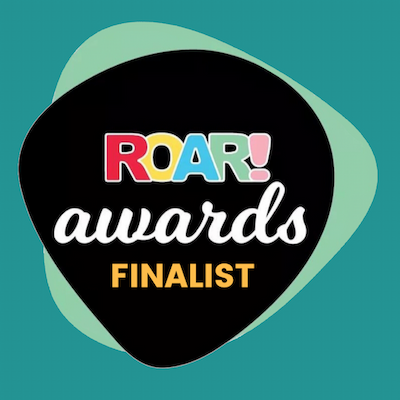The foundation of the SSN is cooperation, collaboration, essentially community. It is our belief that by working together we can be agile, responsive and reach further. The innovation exists to solve many of the world’s problems, yet without the people power nothing changes. In education, new models and frameworks exist, but without people working together the model remains the same.
After sharing some of our ideas around towards education for sustainability, we thought you might like to know why we are called the Sustainable Schools NETWORK… why not an initiative or program?
The United Nations Global Goals (the Sustainable Development Goals [SDG]: read more here) addresses a number of the world’s most pressing social and environmental issues, with the final goal being PARTNERSHIPS FOR THE GOALS (SDG 17). This is not an accident! It remains a very deliberate decision to strengthen the means to deliver action on all the other goals. If we are to educate for ecological sustainability we need to build NETWORKS and relationships that ensure we have greater impact and faster than if we worked alone.
In 2009, Ferreira and Davis published a paper in the Australian Journal of Environment Education titled: ‘Creating Cultural Change in Education: A Proposal for a Continuum for Evaluating the Effectiveness of Sustainable Schools Implementation Strategies in Australia’. What is clear from this paper is that NETWORKS are essential to ensuring the system change necessary to educate for sustainability. A decade on and those who have strengthened their relationships and connected their community (for example, Resource Smart Schools in Victoria) are still delivering meaningful and purposeful programs that both reduce their footprint on the earth whilst improving the wellbeing and learning outcomes for students. Although test results are not what it’s all about, Victoria is the state in Australia that maintained or at least avoided major declines in PISA scoring according to the most recent PISA results (read more here).
Networks, particularly those focused on participatory structures are seen to have more lasting impacts particularly if combined with a product approach (Ferreira and Davis, 2009). A networked web approach, according to Ferreira and Davis, whereby engaged service providers and interested organisations share expertise and work towards a shared vision and collective goals delivers a greater potential for impact and longevity, allowing for “contextualised reform” (p. 66).
In summary, it is the SSN’s understanding that to reimagine Education for Sustainability we need to build reciprocal relationships and a generative thoughtful and collective dialogues for this amazing alternative future… join us now!


